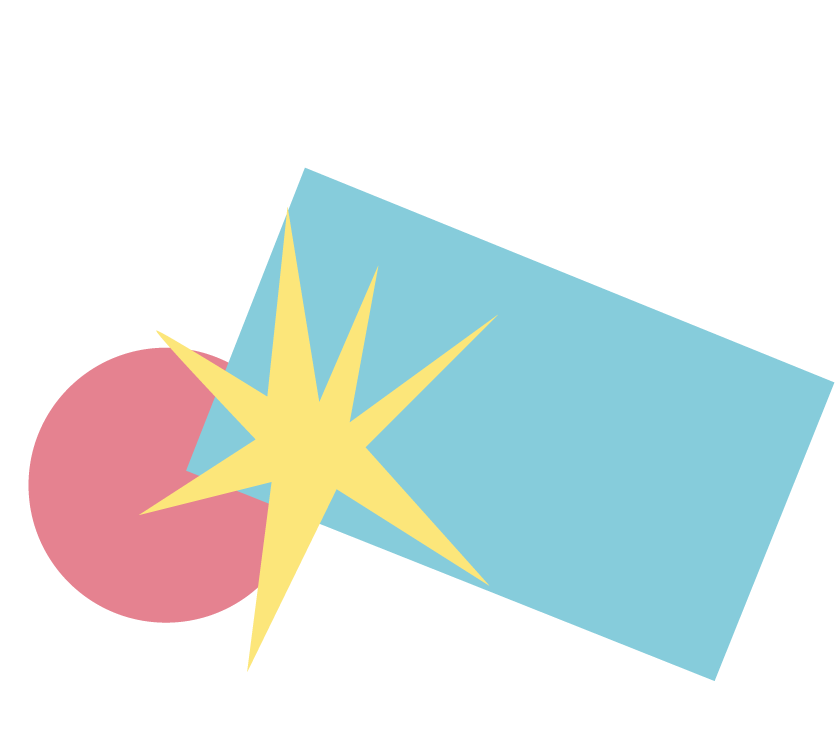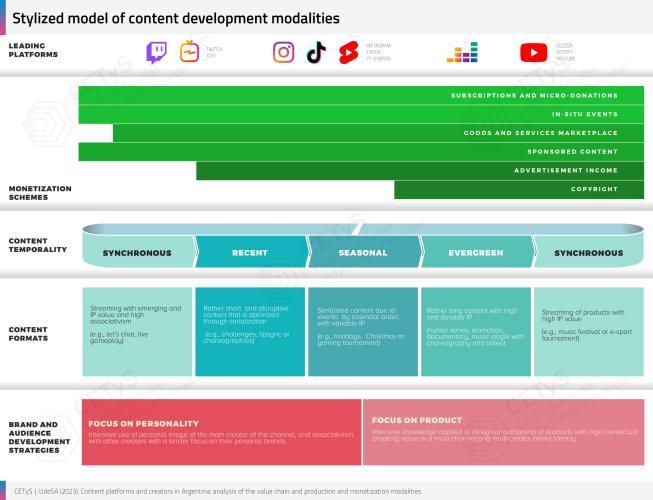Content platforms and creators in Argentina:
analysis of the value chain and production and monetization modalities






Addressing the Creator’s Economy phenomenon, in which an increasing number of individuals and companies are using online platforms to monetize their creative content and services, has so far been approached largely on a global or case-by-case basis. This paper aims at analyzing the dynamics and features of this new Argentine ecosystem, where there are 36 million social media users who spend an average of 3 hours and 22 minutes per day on social media. Based on an analysis of the value chain, platform governance, production, and monetization modalities, and by exploring certain outstanding verticals (gaming, eSports, music, and digital art), this document attempts to map the stylized facts, barriers, and challenges of this new sector, which may be shared by other non-central and developing countries. It also highlights some local characteristics that strongly influence the strategies, incentives, and behavior of actors, such as the relatively lower “click value” driving the need to scale innovation across borders. It also underlines the relatively lower availability of monetization options and the dependence on their specialization as a key challenge.
7.87 MG | 87 pages | PDF
Infographics
Chapters

Value chain
The first step was to identify the links of the value chain, describing the stylized way in which players making up the political economy of the ecosystem based on entertainment via streaming are productively related. The players reviewed are: audiences, creators, brands, aggregators, facilitators and platforms. Each of them is described on a more abstract and global level and they are characterized, if possible, according to the availability of information, on a level of functional dynamics and peculiarities of the Argentine case.

Platforms: monetization and terms and conditions
The next step was to describe a central aspect of platform governance: the terms and conditions regulating the traffic of contents designed by creators, as they affect their dynamics of creation and socialization. The general features of platforms are described in different comparative matrixes and tables. In particular, we focus on the monetization methods available in each platform, as well as the moderation filters for inappropriate content, looking into the dynamics generated around the so called “demonetization” filters.

Content development modalities
The third step was to stylize the dynamics and strategies identified in the previous stages. Two opposing (but not incompatible) stylized strategies were identified, which any creator may pursue: focusing on creators’ personalities or on the intellectual property value of the product generated. Based on this, an original matrix is presented, which makes it possible to map, at the same time, the main factors affecting the way creators may produce, distribute and monetize their contents.

Verticals
Finally, we explore four specific verticals that have quite diverse and, in some cases, more incipient dynamics: online games and sports (from now on, gaming and eSports), non-fungible tokens (from now on, NFT), and music. The analyses are presented in the form of exploratory, non-exhaustive case analysis, which does not allow us to systematize them in a comparative analysis following a consolidated comparative matrix.
Conclusions
Common trends observed in this incipient creative economy on a general level:






Special characteristics of the Argentine market:










